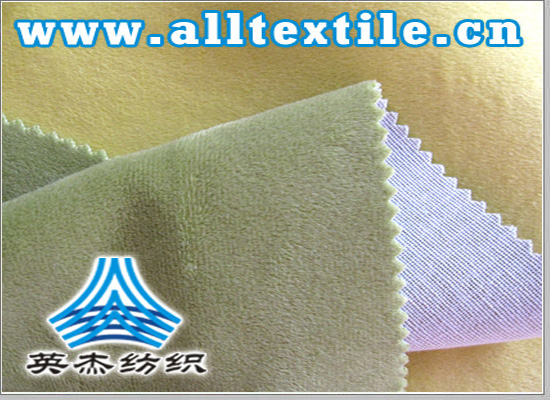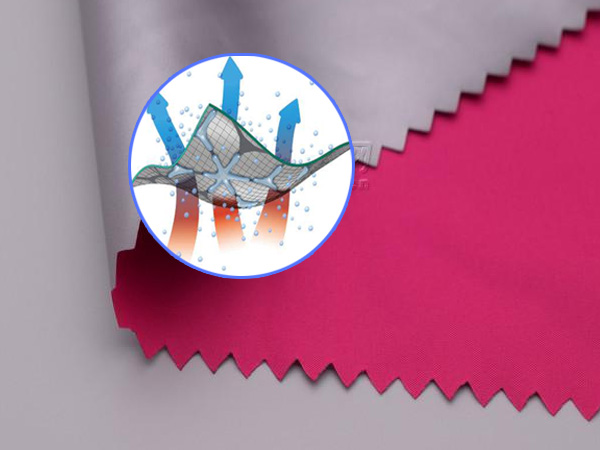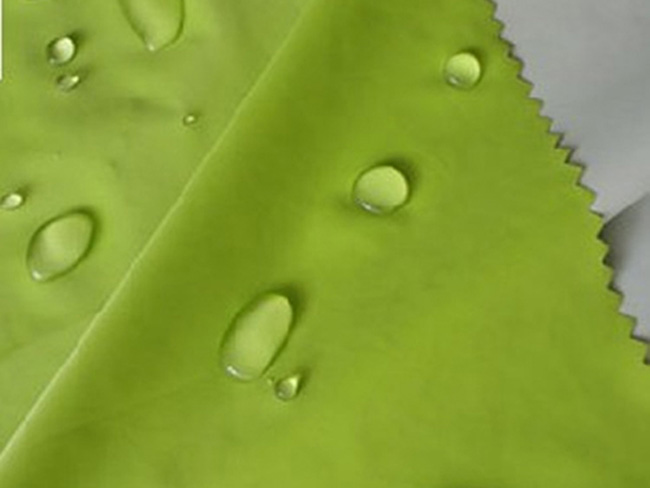Composite fabrics can be used to make clothes, sofas, bedding, etc., and are used in an increasingly wider range of applications in our lives.

Composite fabric Lamination Fabric, Soft Shell Fabric
Composite fabric is one or more layers of textile materials, non-woven materials and A new type of material made of other functional materials bonded together. Suitable for making sofas, clothing and other textiles.
Composite fabrics use “new synthetic fiber” high technology and new materials, and have many excellent properties (comparable to ordinary synthetic fibers) (ratio), for example, the fabric is fine, clean, delicate, elegant, and warm, the fabric has a plump appearance, is windproof, breathable, and has a certain waterproof function. Its main features are warmth and good breathability.
Classification of composite fabrics
Composite fabrics are further divided into ordinary composite fabrics (fabrics and linings are bonded with adhesives to improve the fabric texture and are suitable for process simplification and large-scale production of clothing processing) and functional composite fabrics (composited fabrics are waterproof and breathable) , radiation resistance, washing resistance, wear resistance and other special functions).

Two-layer composite fabric and three-layer composite fabric
❂ Two-layer composite fabric
The two-layer composite fabric is made of outer fabric and TPU, PTFE film. The outer fabric is made of polyester, nylon or nylon-poly blended fabric, which is soft to the touch and wear-resistant. Tear-proof, good color, excellent waterproof, breathable, windproof effect, long durability. The surface of the fabric is treated with Teflon water-repellent treatment.

Schematic diagram of two-layer fabrics
When using two-layer composite fabrics to make garments, a lining or a fleece thermal layer is required. , used as a coat.
Technical performance of two-layer composite fabric:
Water pressure resistance>10000mm
Moisture permeability>5000g/m2.24h
Windproof>100%
Applicable scope: skiing, cycling, backpacking , mountaineering, golf, casual wear, etc.
❂ Three-layer composite fabric
Three-layer composite fabric is made of outer fabric, e-PTFE film and inner warp-knitted mesh. There is no need to hang the lining when making a ready-to-wear garment. The outer fabric is made of polyester, nylon or nylon-poly blended fabric, which has a light and thin feel, is tear-resistant, wear-resistant, has good color, has excellent waterproof and windproof effects, better breathability and long durability. The surface of the fabric is treated with Teflon water-repellent treatment. Picture
Three-layer fabric diagram
Three-layer composite fabric is made by laminating 100% pure polyester thickened high-strength non-woven fabric and polytetrafluoroethylene (PTFE) microporous film using special technology and equipment. It has the characteristics of blocking viruses, antibacterial, anti-static and anti-blood It has multiple functions such as penetration, waterproofing, moisture permeability, windproofness, and warmth retention, and is comfortable and lightweight to wear. The anti-microparticle transmission rate is over 90%, making it impossible for viruses and bacteria to pass through.
Technical performance of three-layer composite fabric:
Water pressure resistance>10000mm
Moisture permeability>6000g/m2.24h
Windproof>100%
Applicable scope: skiing, cycling, backpacking , mountain climbing, etc.
Composite process
International There are 6 popular composite processes, namely hot sol powder point coating composite process, hot sol slurry point composite process, hot sol dusting composite process, hot sol double point composite process, polyurethane spray composite process, and polyurethane roller coating. Composite process. In the past, the most common composite was the composite of suede fabric and wool. Nowadays, any fabric can be used to composite it together. Door width of composite fabric�Limited to the size before the two fabrics are combined, it can generally reach 145CM. If it is a composite of knitted fabrics, the width of the knitted fabric will be wider than that of cotton woven fabric.
The composition equation of composite fabrics: The finished products purchased from the two fabrics ① Composite film factory ② Mid-term maintenance treatment factory ③ Post-finishing factory ④ Each batch of fabrics that have been laminated must be effectively maintained. First, the reverse side of the fabric is laminated (the membrane is a transparent material similar to a nylon film), bonded with chemical materials, and then maintained and treated. The longer the time, the better the bonding fastness to the fabric and the degree of fusion of the adhesive. Generally, domestic adhesives require three days of maintenance, and imported adhesives require five days or more. The time required for the adhesive to fully integrate into the fabric and membrane will also affect the subsequent and front-facing processes. The effect of fabric bonding.
The maintenance and treatment workshop is completely closed. A certain temperature and humidity must be maintained indoors to allow the adhesive to blend naturally. If Increasing the temperature in order to complete it quickly can speed up the operation process of the finished product, but defects often occur. For example, during the sewing process of the finished fabric, the yarn of the fabric is broken by the needle, and the feel becomes hard, and there will be some friction due to mutual friction. The rustling sound indicates that the adhesive has solidified on the fabric and hardened the yarn of the fabric.
After the maintenance-treated reverse side is completed, the front fabric is laminated. Maintenance treatment is also required. It is worth noting that the front side is laminated. When sewing, the front and back fabrics should be aligned with the silk strands, and try to avoid serious weft skew, straight yarn twisting, etc.
It needs to be emphasized that the composite fabric cannot be re-composited. Even if the material is used for peeling, it will greatly affect the The yarn of the fabric will become harder and harder, and the fabric will be easily punctured by the needle when sewing the garment. Since the film adhesive uses chemical materials, it will have a certain physical reaction to nylon fabrics. Therefore, it is recommended that customers use polyester fabrics, which can effectively control the color of the fabric before lamination and the color after lamination. , as well as water pressure resistance and breathability index have a certain impact.






